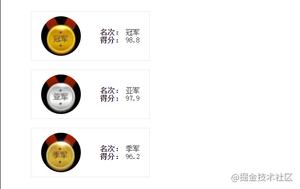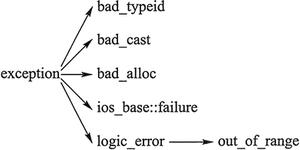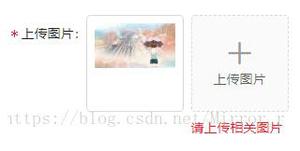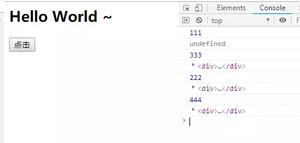python中for循环变量作用域及用法详解
在讲这个话题前,首先我们来看一道题:
代码1:
def foo():
return [lambda x: x**i for i in range(1,5,2)]
print([f(3) for f in foo()])
伙伴们,你们认为这里产生的结果是什么呢?我们再来看下这题的变体:
代码:2
def foo():
functions=[]
for i in range(1,5,2):
def inside_fun(x):
return x ** i
functions.append(inside_fun)
return functions
print([f(3) for f in foo()])
这两题的结果是一样的:都是[27,27]。我相信大部分的伙伴也都会有个疑问,为什么不是[3,27]呢?
这里的就是我们今天要说的for循环中的变量作用域,因为for循环不是一个函数体,所以for循环中的变量i的作用域其实和for循环同级,即类似下面代码
代码3:
def foo():
i=None
for i in range(1,5,2):
pass
print(i)
foo() # 结果为3,即循环结束i的最终值
另外因为python运行到代码行时才会去查找该变量的作用域,所以代码1和代码2中的i值在调用的时候为for循环最终值3,所以结果都是执行x**3。
ps:下面看下python中for循环的用法
Python for循环可以遍历任何序列的项目,如一个列表或者一个字符串。
语法模式:for iterating_var in sequence:
in 字面意思,从某个集合(列表等)里顺次取值
#遍历数字序列
the_count=[1,2,3,4,5]
for number in the_count:
print(f"This is count {number}")
输出结果:
This is count 1
This is count 2
This is count 3
This is count 4
This is count 5
#遍历一维字符串数组
fruits=['apples','oranges','dimes','quarters']
for fruit in fruits:
print(f"A fruit of type:{fruit}")
输出结果为:
A fruit of type:apples
A fruit of type:oranges
A fruit of type:dimes
A fruit of type:quarters
#遍历字符串
list_python='python'
for j in list_python:
print(f"{j}")
输出结果为:
p
y
t
h
o
n
#通过序列索引迭代
elements=[]#列表为空
for i in range(0,6):#012345
print(f"Adding {i} to the list.")
elements.append(i)#得到elements=[0,1,2,3,4,5]
#len(elements)长为6,range(len(elements))==range(6)
for i in range(len(elements)):
print(f"Elemnet was:{i}")
输出结果为:
Adding 0 to the list.
Adding 1 to the list.
Adding 2 to the list.
Adding 3 to the list.
Adding 4 to the list.
Adding 5 to the list.
Elemnet was:0
Elemnet was:1
Elemnet was:2
Elemnet was:3
Elemnet was:4
Elemnet was:5
总结
以上所述是小编给大家介绍的python中for循环变量作用域及用法详解,希望对大家有所帮助,如果大家有任何疑问请给我留言,小编会及时回复大家的。在此也非常感谢大家对网站的支持!
如果你觉得本文对你有帮助,欢迎转载,烦请注明出处,谢谢!
以上是 python中for循环变量作用域及用法详解 的全部内容, 来源链接: utcz.com/z/341880.html






